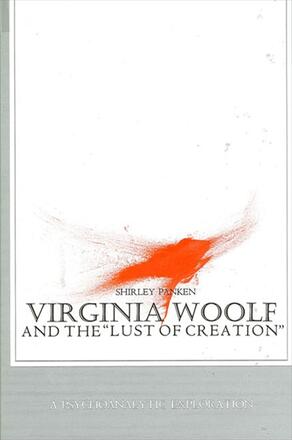
Virginia Woolf and the Lust of Creation
A Psychoanalytic Exploration
Alternative formats available from:
Description
"Every secret of a writer's soul, experience of his life, and quality of his mind is written large in his work. " -- Virginia Woolf
Panken enables us to read this secret language without doing violence to the artistic integrity of the writing.
Virginia Woolf's continuing need for maternal protection, her physical symptoms, depressive bent, anorexia, and suicidal leanings suggest her vulnerability, inner struggle, and masked rage. This book delves into the substrate of Virginia Woolf's emotional dilemmas as well as the subtexts of her novels and shows the confluence between her life and art. It brings new insights into Woolf's struggle to come to grips with her confused personal and sexual identity, into her artistic conscience, and into the conditions and motivations of her suicide.
Shirley Panken is a psychoanalyst and author of The Joy of Suffering: Psychoanalytic Theory and Therapy of Masochism.
Reviews
"The author exhibits the steady development of Virginia Woolf's inner life in relation to her literary output -- the beautiful weaving of the outer life, the inner woman, and the literary work is truly outstanding. It is a work that stands head and shoulders above most psychoanalytic literary studies. It is never reductionistic to analytic principles nor is the analytic perspective used in a simplistic or obtrusive way. " -- Leila Lerner, Editor of The Psychoanalytic Review
"What I feel is particularly valuable about Dr. Panken's study of Virginia Woolf is her correction of the widely held view that Woolf's completion of her novels led to 'madness. ' What we come to understand from Dr. Panken's rich study is the prodigious literary and even political accomplishments of Woolf, and we understand the currents of her life which converged into the achievement of her 'suicide plan. '" -- Helen Hellman, National Psychological Association for Psychoanalysis